A houseplant is like a low-maintenance friend who is always there for you. Keeping a plant indoors can be tricky if your home doesn’t get a lot of natural light. We have the perfect solution to this! Have you ever heard of low-light indoor plants?
These houseplants thrive in low-light conditions. They are hardy but still easy to care for. Even though they don’t need light, they can brighten your room. Now, you no longer have to worry about how dim your space is or whether sunlight is coming in through the windows. You can focus on enjoying yourindoor plantsand adding a touch of fresh greenery to the room.
Image credits:Huy Phan
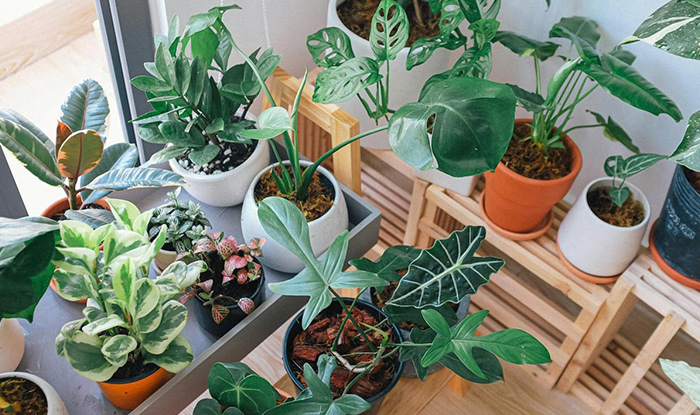
We have compiled a list of the 21 best low-light indoor plants that survive in dark settings. Snake plants and ZZ plants are known for being the easiest and arguably the best indoor plants for low-light settings. However, make sure to check out all the options in this list. You might find some exciting and awesome plants that will help you transform your home into a lush jungle oasis.
What Is Low, Medium, and Bright Light for an Indoor Plant?
Image credits:Elena Golovchenko
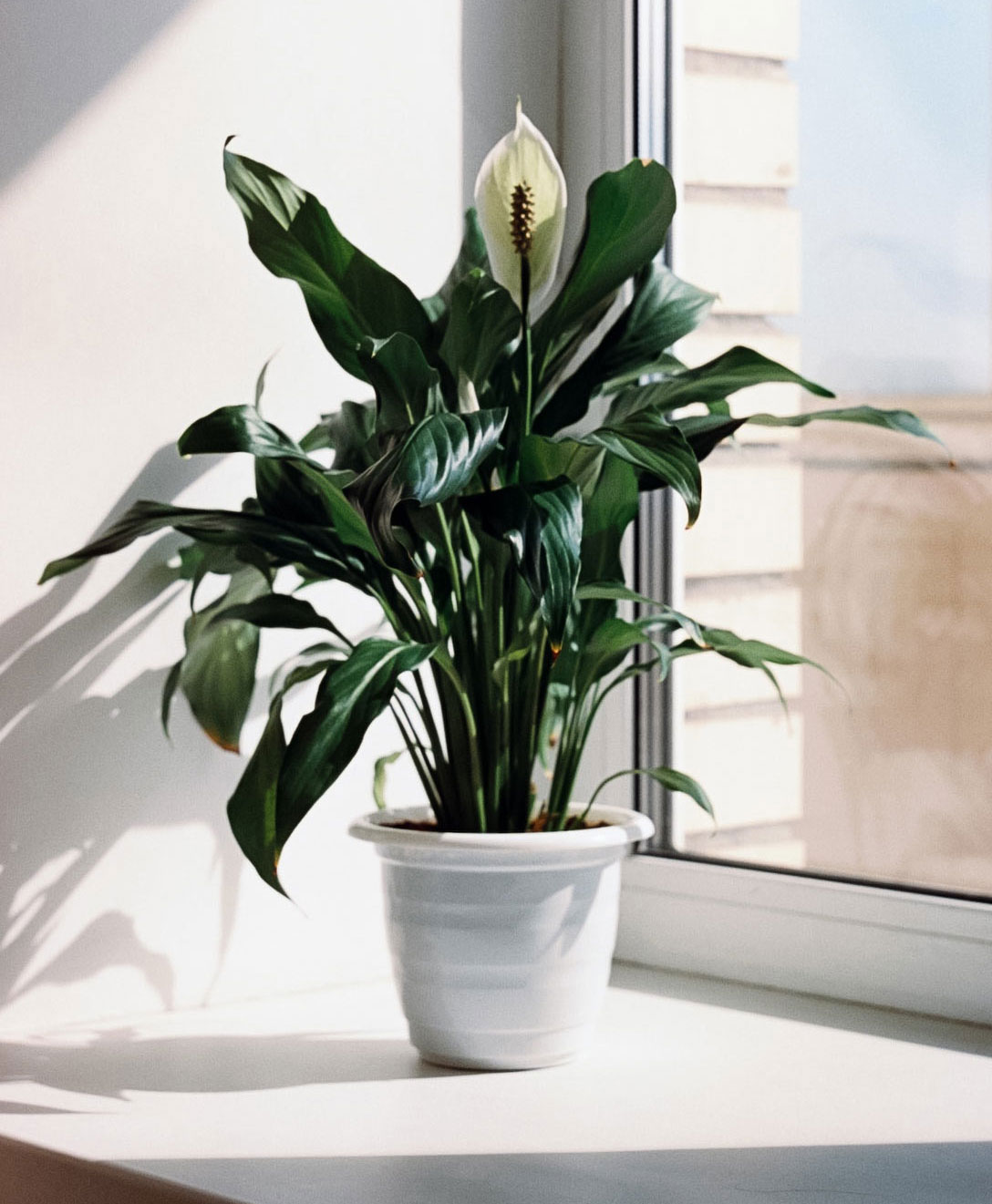
Indoor plants that need medium light should be placed midway in a room where they can receive indirect light for at least 4–6 hours throughout the day. Plants that require bright light should be placed on the windowsill to receive stronger sunlight for 7–8 hours during the day.
No matter what type of plant you are looking for, there is always one that can catch your fancy and fit your preferences. You’ll find one once you dive into our list of 21 easy, low-light indoor plants.
This post may includeaffiliate links.
A drought-tolerant hardy plantThe Boston fern (Nephrolepis exaltata) is a robust houseplant that can grow in cold climates and survive a drought. It has pale green leaves that sprout from the midrib of the fronds. Each frond can grow 4 feet long and 6 inches wide. These are the best low-light indoor hanging plants because the long fronds look beautiful as they grow. You can pair these calm ferns with brighter flowering plants orinteresting and unusual succulents.Size:4–5 feet tallLight:Low-light settingsWater:Twice a week so that the topsoil is moistSoil:Well-drained moisture retaining soilLevel of Difficulty:LowPros• It is easy to propagate and care for.• The fern is safe for pets.• It can survive harsh climates like extreme heat or cold.Cons• The fronds can dry up quickly.• The plant is prone to getting mealybug infestations.
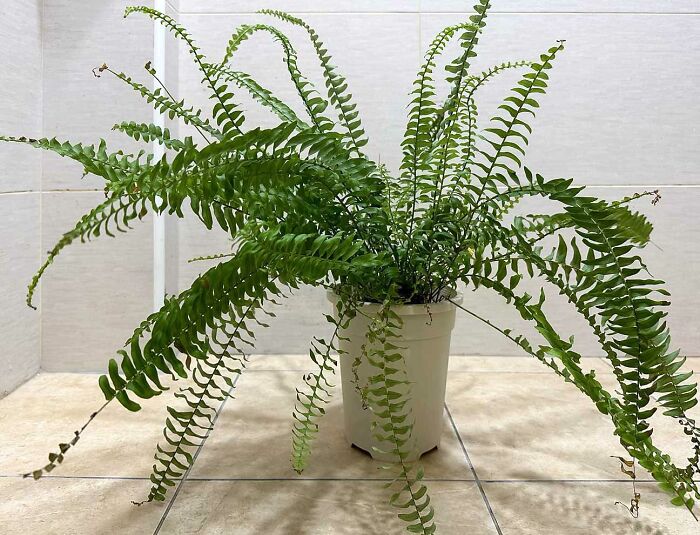
A fast-growing foliage plantThe English ivy, called Hedera helix, is a fast-growing aerial climber. It can also be grown outside and planted to help with soil erosion. The plant sometimes bears light green or yellow flowers. It has dark green glossy leaves and can be a decorative vine. You must keep pruning the plant when it becomes 4–5 inches long. Otherwise, it can become too overgrown and wild. It is one of the favoritehouseplants of plant lovers.Size:A healthy length is 4–5 inches longLight:Lower light or shadeWater:Once a weekSoil:Fertile and moistLevel of Difficulty:LowPros• These plants grow best in shady environments.• They don’t need much care and will thrive even if neglected.• The ivy can be wrapped around other plants as a decorative houseplant.Cons• It is highly toxic to humans and pets. The juice or sap can cause skin irritation.• It is an aggressive grower and can overtake and kill the growth of other plants.
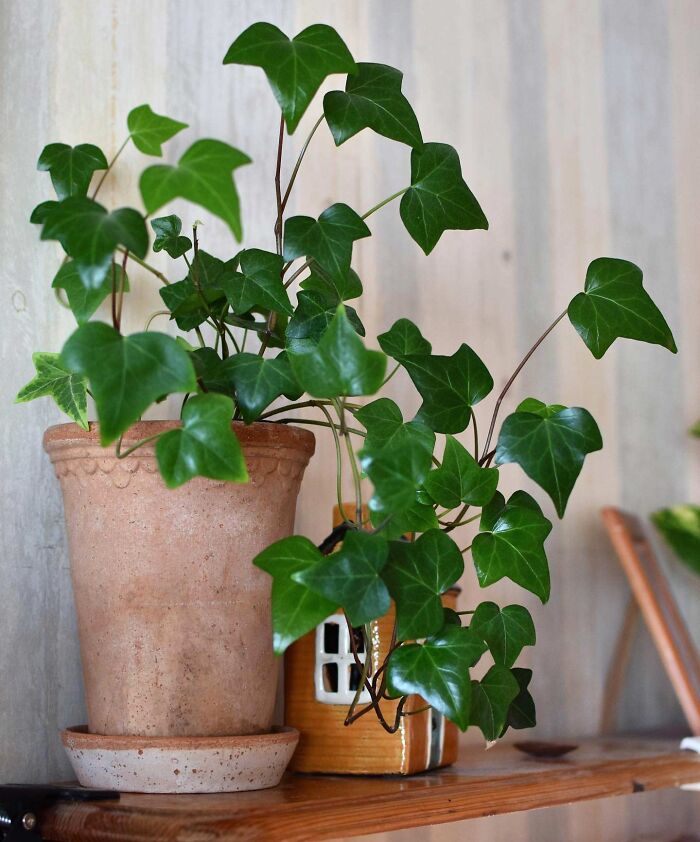
A good low-light indoor plant for beginnersThe Spider plant (Chlorophytum comosum) is a great low-light plant for newbies. It is easy to propagate, grows despite neglect, and can survive in many climates. The houseplant’s name comes from the long trailing leaves resembling spider legs. They grow in clumps and have solid green and white leaves. Their thick, fleshy roots can survive prolonged periods of no watering. If you’re lucky, you might get small star-shaped white flowers growing at the end of the stems. It is one of the fewair-filtering plantsyou can keep in your house.Size:12–15 inches tallLight:Medium lightWater:Once a weekSoil:General potting soilLevel of Difficulty:LowPros• It can purify the air and absorb chemicals such as formaldehyde, xylene, benzene, and carbon monoxide.• It is the most popular houseplant among beginners.• They are easy to propagate and can be grown from roots or seeds.• It is pet-friendly and non-toxic.Cons• The houseplant is prone to get ‘tip burn’ when the leaves start browning at the ends.
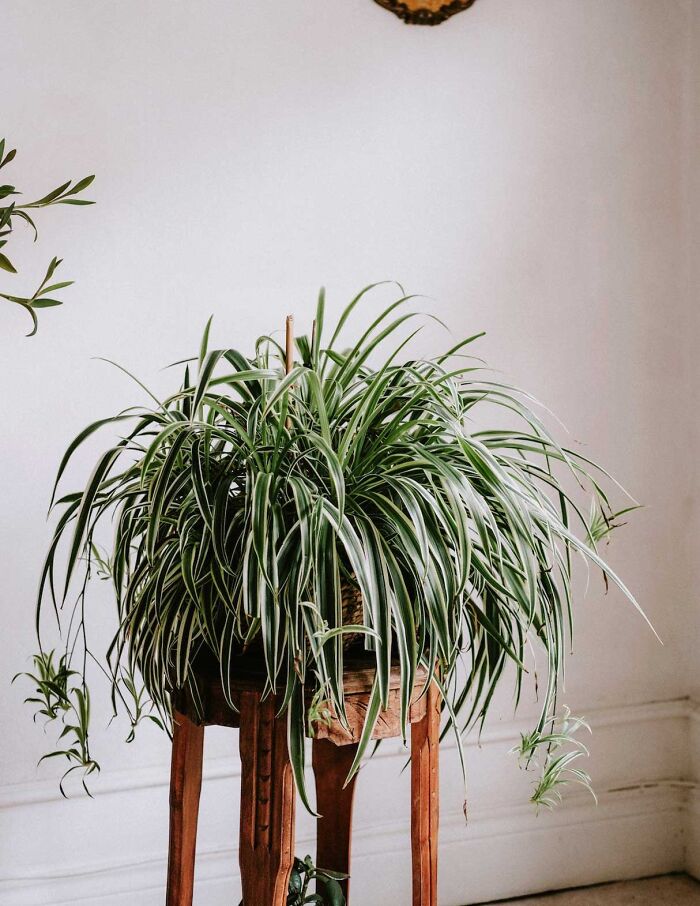
A resilient low-light indoor plantThe ZZ plant (Zamioculcas zamiifolia) is an eye-catching houseplant. It is known for its glossy, broad, oval-shaped leaves that grow upward. Due to the spotless waxy leaves, this plant almost looks fake. You never have to worry about watering this small, low-light indoor plant because it grows from rhizomes. Rhizomes are the plant’s main stem, which runs horizontally under the ground and can help the plant store water under the soil. That’s why you can get away with watering the ZZ plant once every few weeks.Size:2–4 feet tall and 2–4 feet wideLight:Low to bright indirect lightWater:Once every two weeksSoil:Well-draining soilLevel of Difficulty:LowPros• These plants thrive even with less care or maintenance.• They are beautiful with glossy leaves and can brighten up your room.• They don’t require regular fertilizing.Cons• The ZZ plant is toxic to pets and humans if ingested.
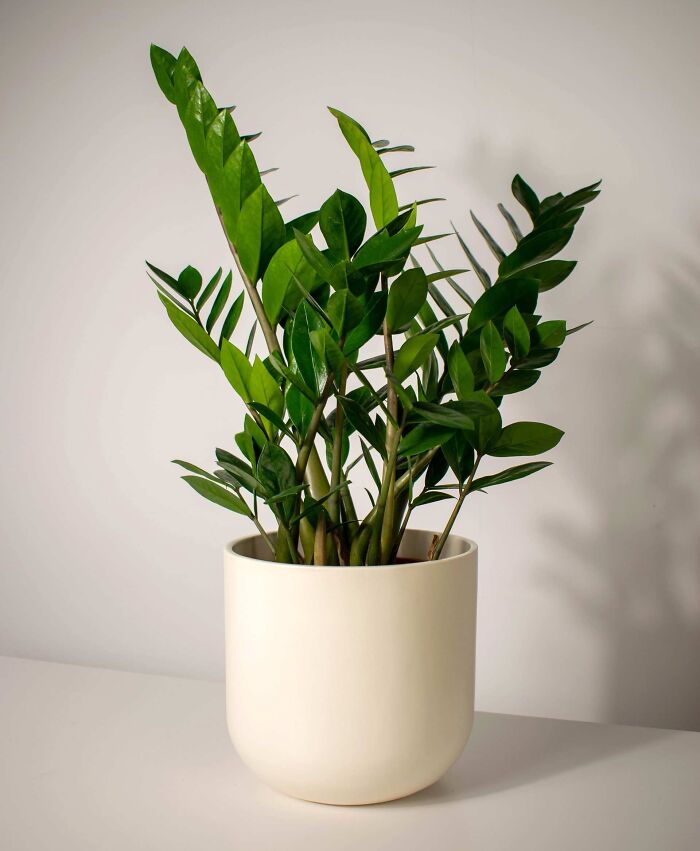
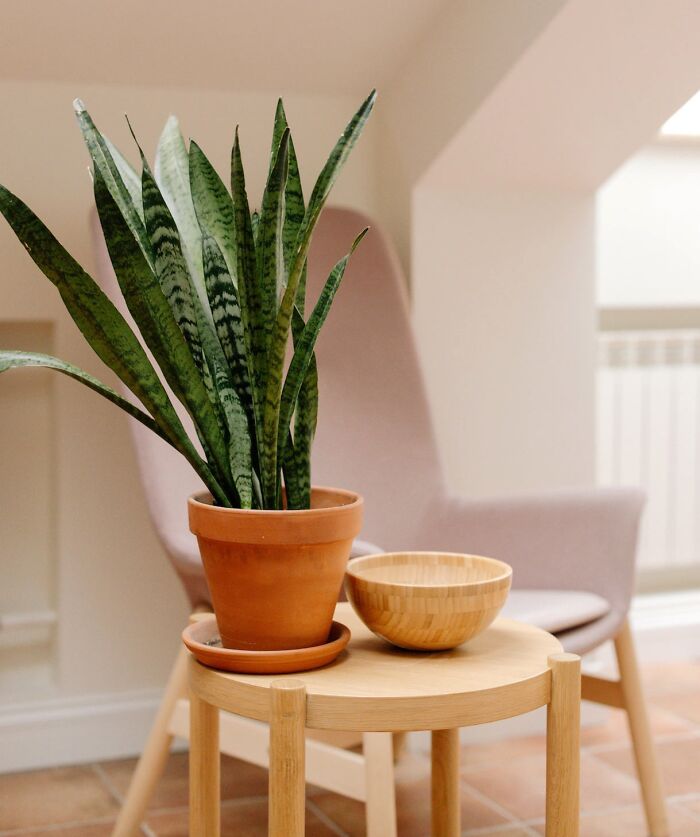
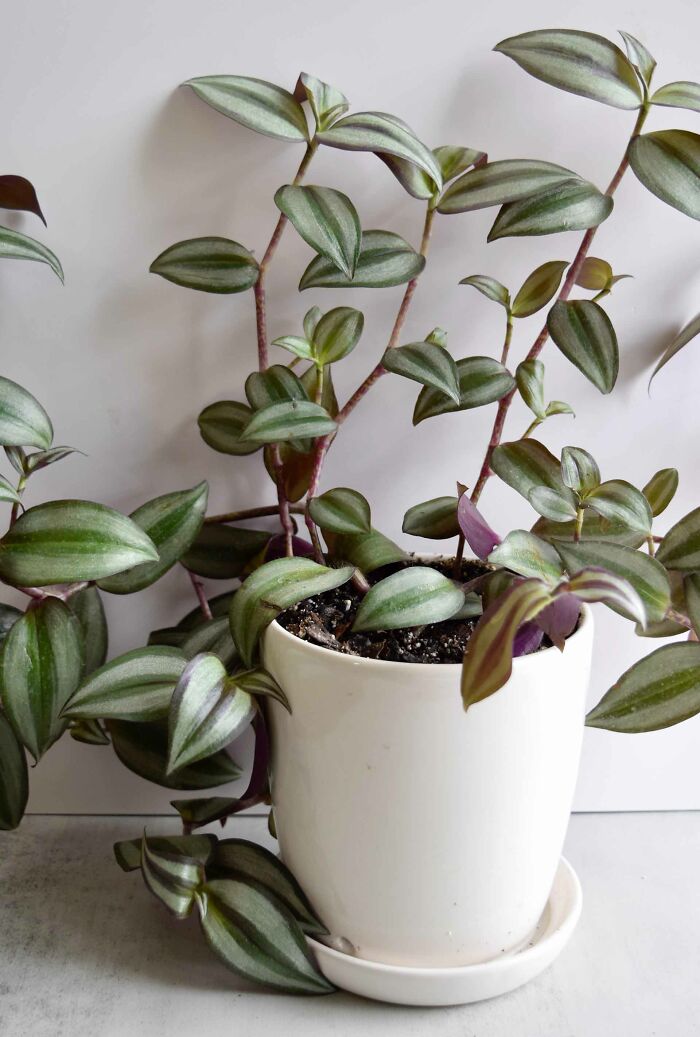
A popular tropical plantPothos, also called Epipremnum aureum, is a large, low-light indoor plant. It can be grown in a hanging pot because its beautiful leaves will cascade down. It has heart-shaped waxy leaves that are bright green and covered with yellow or white patterns. Since pothos survive well in low-light conditions, you can place them in corners or shady spots in the house. Pothos are prone to insect infestations, so you should keep an insecticide handy.Size:Up to 70 feet when grown outdoorsLight:Low lightWater:Once a week when the soil is partly moistSoil:Well-draining soilLevel of Difficulty:LowPros• It grows fast and creates a lovely cascading effect.• The plant can be propagated easily from the stem.• The yellow and white patterns on the leaf create a bright, colorful effect.Cons• Pothos should be kept away from other plants because it can strangle their growth.• It is slightly toxic to humans and animals.Speaking of the beautiful foliage of this plant, you have to check these photographs that showcase thebeauty and diversity of leaves.
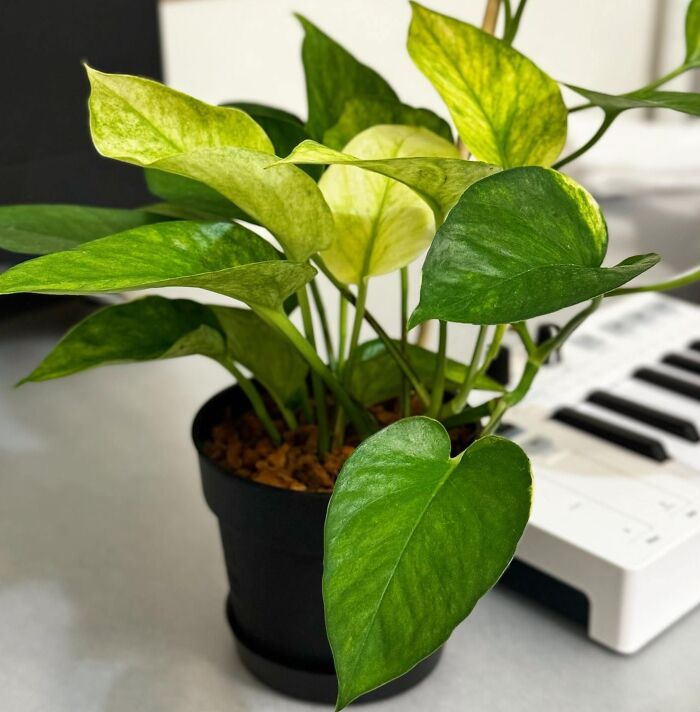
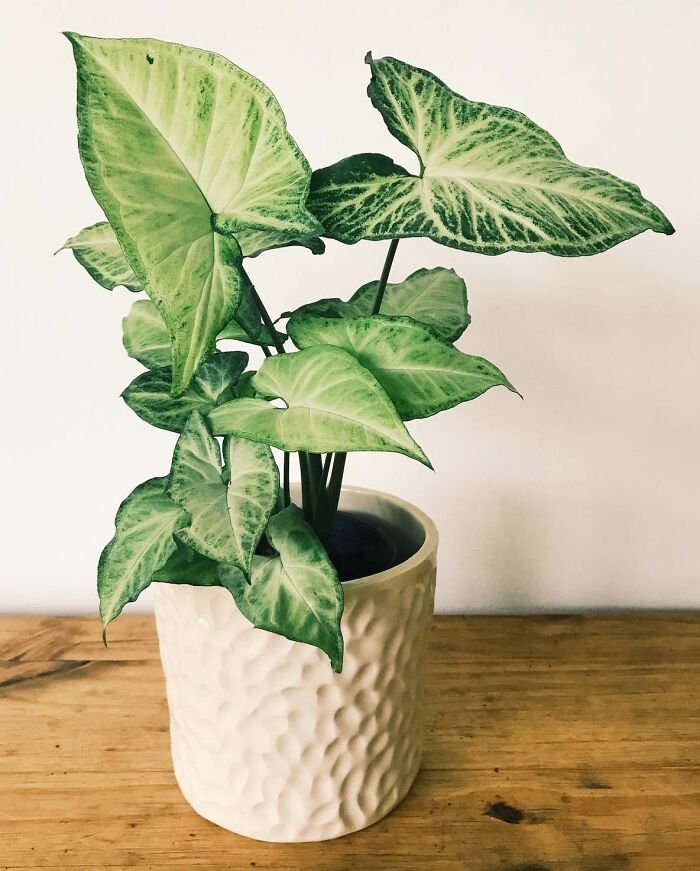
A plant that lets you know when it’s thirstyPeace lilies are from the Araceae family. They are a popular houseplant to give as a gift. They are hardy and provide easy signs to understand when they need to be watered. You have to keep an eye out for their telltale droop. The Peace lily can also purify the air and break down toxic gases like carbon monoxide and formaldehyde. They are known for their lush green leaves but can quickly lose foliage. You can use these fallenleaves to make cute vignettesas artwork.Size:1–4 feet tallLight:Low light or partial shadeWater:3–4 times a weekSoil:Firm and well-draining soilLevel of Difficulty:ModeratePros• It is a perfect gift for someone because it can let the person know when it needs to be watered.• These plants grow even in harsh conditions.• They produce an elegant white flower.Cons• They are toxic to humans and animals.• This plant is prone to root rot and needs well-draining soil.
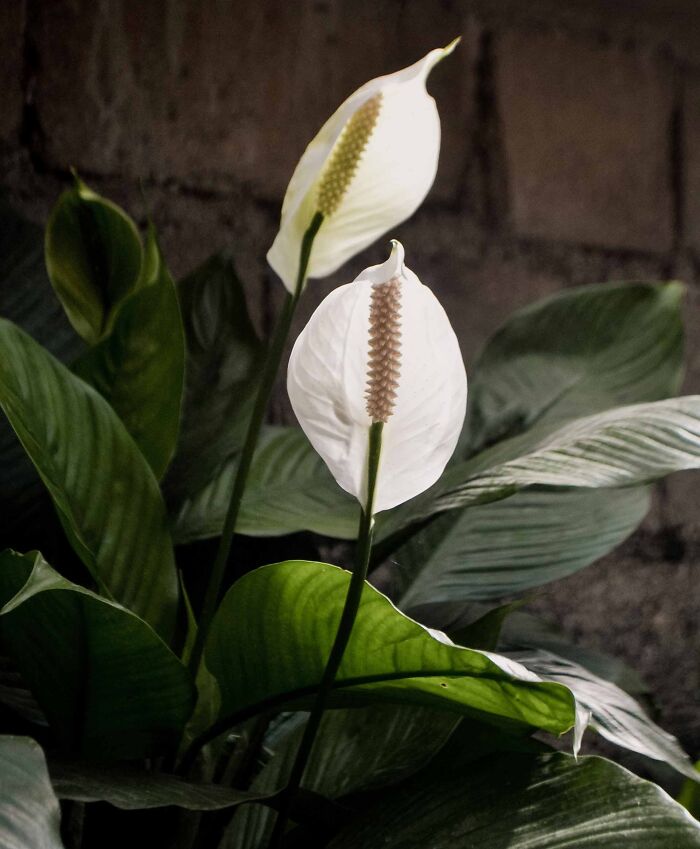
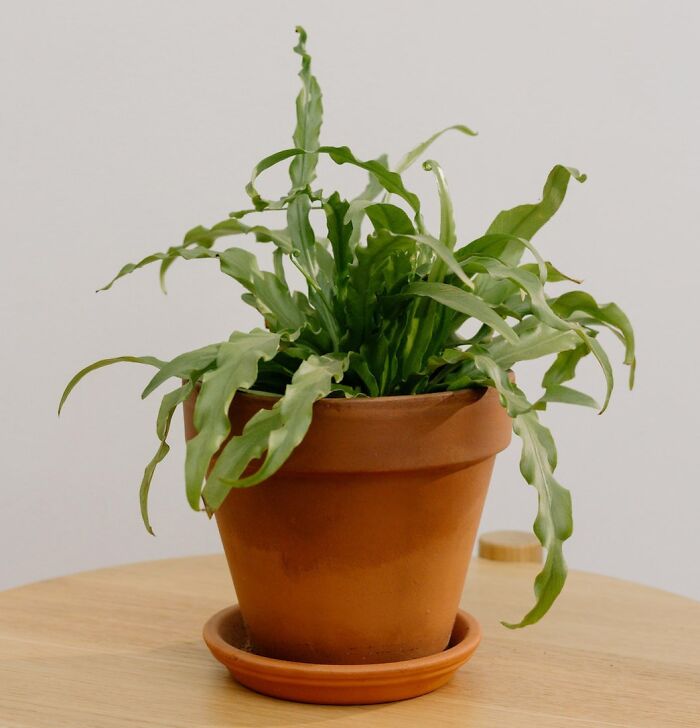
Vibrant low-light plantsAglaonemas are well-known in Asia as plants that bring good luck and fortune. They are colorful and come with strikingly patterned leaves. These plants don’t need direct light and can grow in dimly lit rooms, offices, or bedrooms. You can pair these houseplants withcreative plant potsto add to the decor of your room. A cool thing about these houseplants is that they produce a fleshy berry that ripens and turns red. You can also propagate them easily with cuttings taken from the basal shoots.Size:1–3 feet tallLight:Shade or low lightWater:Once every two weeksSoil:MoistLevel of Difficulty:LowPros• They can survive in low and high humidity conditions. Hence, you can place them pretty much anywhere.• Due to the large variety of strains, you can pick from many vibrant colors.• They produce striking fruits.Cons• The plant is toxic to animals and humans.
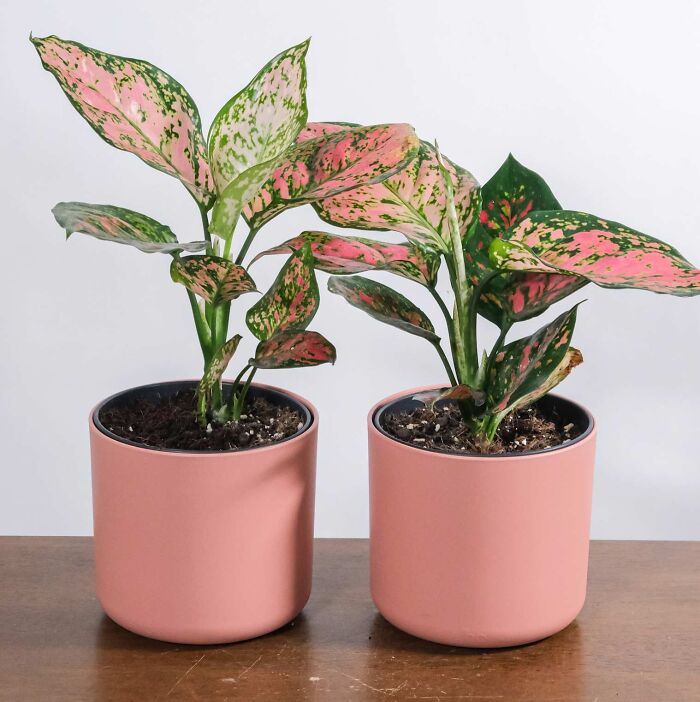
A low-light indoor plant safe for cats and dogsCalathea is also known as the prayer plant. It earns this name due to its tendency to fold or ‘pray’ its leaves during the night. This is because of nyctinasty, which is how plants are known to respond to the movement of the sun. This houseplant is well-loved because it’s perfectly safe for pets and humans. The two most common varieties of the prayer plant are the Calathea ‘Medallion’ (Calathea veitchiana) and the Calathea ‘Rattlesnake’ (Calathea lancifolia). Afun plant factis that the Calathea leaves are used to make handicrafts and to wrap food in Brazil!Size:3–4 inchesLight:Moderate lightWater:1–2 times a week when the topsoil gets drySoil:Potting soil that is rich in nutrientsLevel of Difficulty:LowPros• It is safe for animals and humans.• Their foliage is beautiful because of their striking leaves and patterns.Cons• The tap water’s fluoride might affect the plant, so use bottled water.
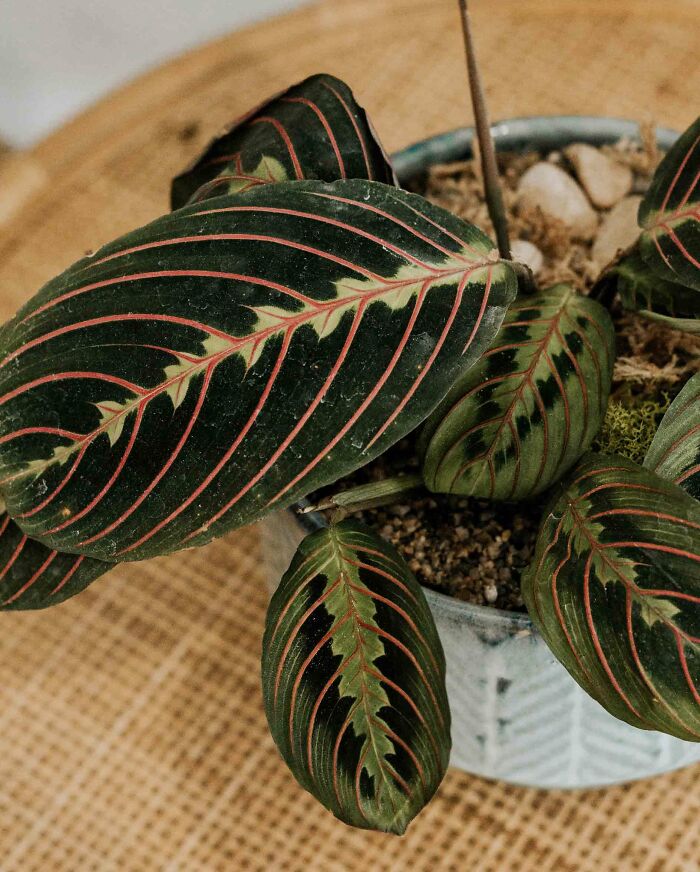
See Also on Bored Panda
A plant that can do well in a shallow potThe Bromeliad is a popular houseplant that comes from the Bromeliaceae family. These flowering plants are native to the American subtropics. Its leaves are wide and sword-shaped. It provides an exotic touch to the home because it produces thick foliage and a cluster of flowers. After the cluster forms, you can use the old and dried blooms to createcolorful flower mandalas. Bromeliads don’t need deep pots or thick potting soil. They do well in shallow pots, too. Orchid mix soil is a good option for these low-light indoor plants.Size:2–3 feetLight:Medium lightWater:Once every weekSoil:Porous soilLevel of Difficulty:LowPros• It doesn’t need much care, and the plant thrives in shallow soil.• The houseplant isn’t toxic to pets and people.• Its flower will provide a bright pop of color.Cons• Bromeliads are prone to root rot.
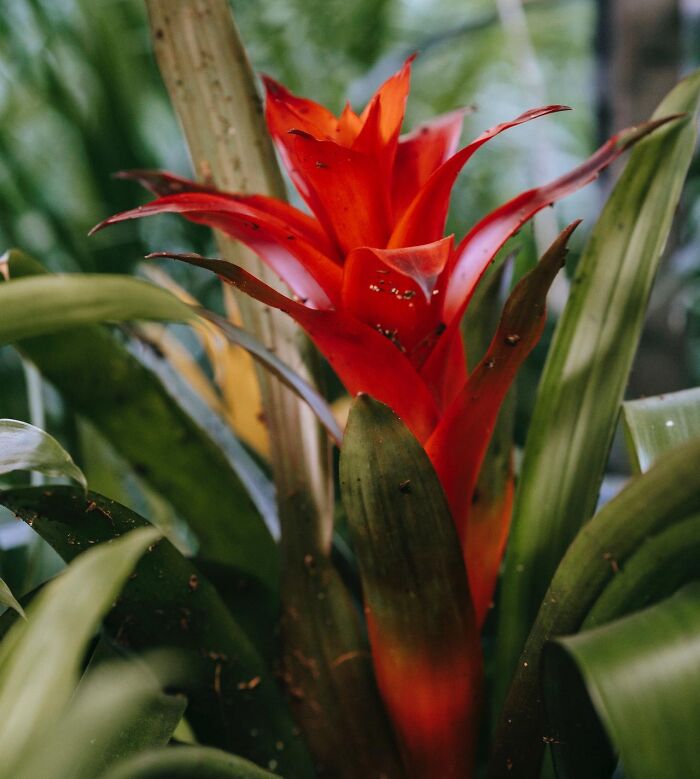
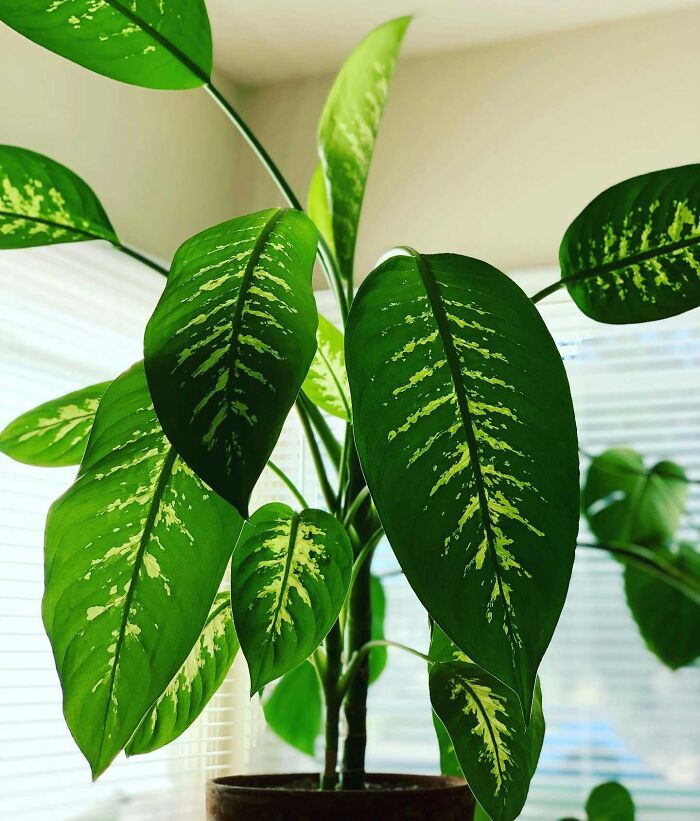
A plant that brings good luckLucky Bamboo (Dracaena sanderiana) is a popular houseplant often given as a gift. It doesn’t need much direct sunlight and can be grown in water. Although it isn’t a type ofbamboo plant, it gets its name from the bamboo-like appearance of its stalks. Many people like to place these houseplants in uniqueceramic planter potsor display stands. The stalks often grow straight but sometimes become curly, which adds to its mesmerizing look.Size:2–5 feetLight:Lower light conditionsWater:The roots should be submerged, and you should change the water every few weeksSoil:Loamy soil that should not dry out between wateringsLevel of Difficulty:LowPros• It is a perfect gift for people and requires little maintenance.• This low-light indoor plant is considered lucky.• The plant can remove benzene, trichloroethylene, and formaldehyde from the air and act as a natural humidifier.Cons• You must change the pot’s water every few weeks to prevent stagnation.

A hard-to-kill, low-light indoor plantCast Iron plant (Aspidistra elatior) gets its name from being a hard-to-kill plant because of its ability to survive even in filtered light. This plant has beautiful green leaves and produces white or purple flowers. It can also purify the air and hardly ever attracts insects. You can place it in an east or west-facing room that gets low light, and it will thrive. If you are worried about forgetting to water it, try theseself-watering animal plantersthat look cute and keep your plant fresh.Size:2–3 feet tallLight:LowWater:Once in two weeksSoil:Porous soilLevel of Difficulty:LowPros• It is safe for animals and humans.• This rugged plant can survive a lot of neglect.• It produces colorful flowers.Cons• The leaves can get burnt if placed in direct light for too long.
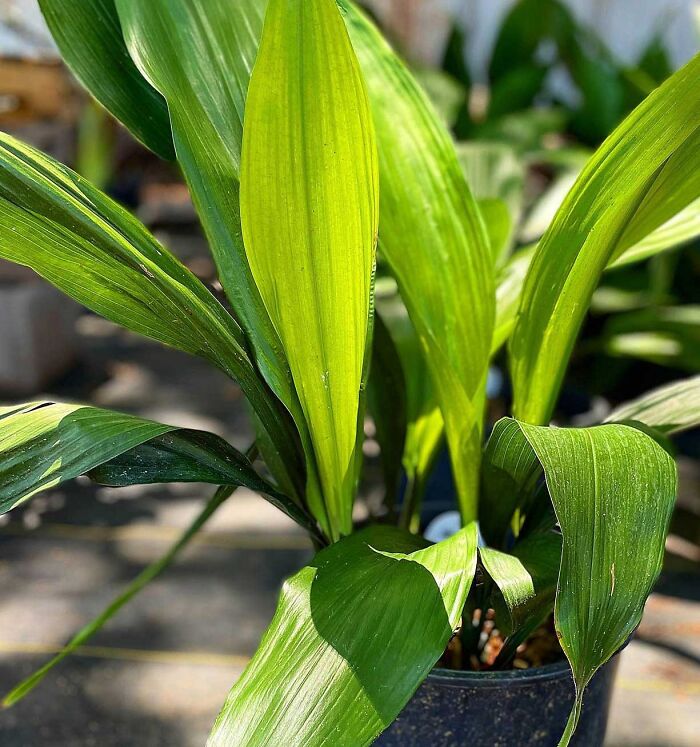
A compact hybrid plantSansevieria Fernwood Mikado is a hybrid of the snake plant and comes with dark green leaves that bear light green tiger-print striping. It grows in a way that its leaves create an attractive fountain-like shape. Due to the flexibility of the leaves, some people even braid the leaves to make the plants look more attractive. This plant can be placed in dark rooms because it doesn’t need much sun.Size:5–6 inchesLight:Low lightWater:Twice a week and allow the soil to dry out between wateringsSoil:Well-draining soilLevel of Difficulty:LowPros• The plant can grow in harsh conditions.• Its flexible leaves can be braided to create an eye-catching look.• The plant doesn’t need extra fertilizing.Cons• It is prone to getting a mealybug infestation.Be prepared for this low-maintenance plant to win you over and motivate you to buy even more plants. Then, you’ll end up intensely relating to thiscomic about buying plants.
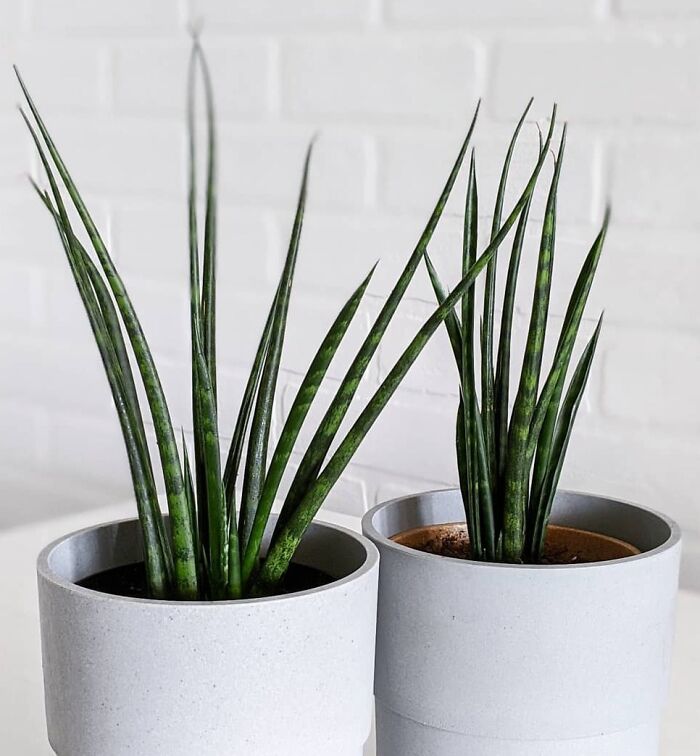
A plant with many varietiesThePhilodendron plantcomes from the Araceae family. It has hundreds of species with large, green, glossy leaves. Too little light can cause the leaves to grow spaced out, whereas a lot of direct sunlight can turn the leaves yellow.The two main types of Philodendron that you can choose from are vining and non-climbing houseplants. The vining species grow several feet tall, whereas the non-vining ones produce thick foliage. You can pair these large houseplants with tinyteacup gardensto create a whimsical green space in your home.Size:1-3 feet tallLight:Moderate lightWater:When the top inch of soil has driedSoil:Loose, acidic soil with rich organic matterLevel of Difficulty:ModeratePros• It has many colorful varieties to choose from.• The vining and non-climbing species grow significantly and can beautify the room.Cons• The plant needs just the right amount of light to grow.
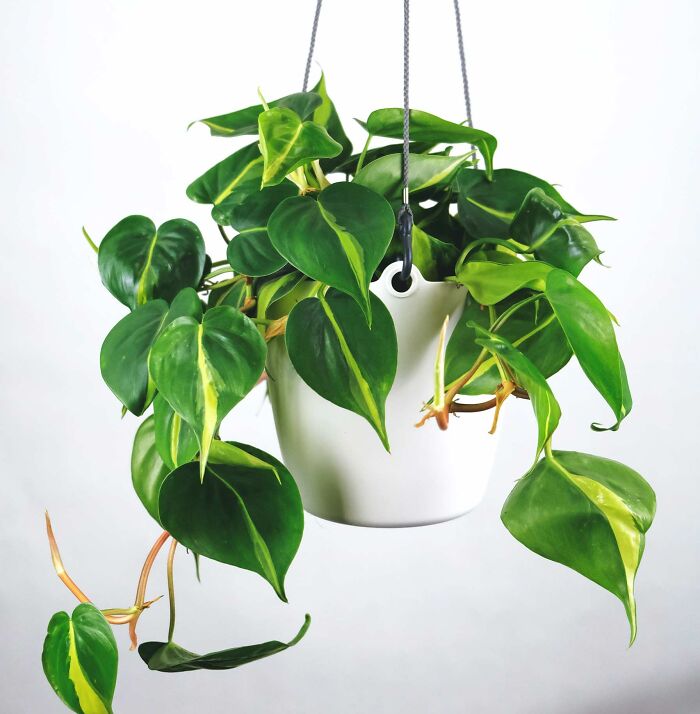
A plant that grows slowlyAnthuriums are from the Araceae plant family. They are native to Central America, North and South America, and the Caribbean. These low-light plants are the best houseplants for people who can give them enough care and attention. These houseplants can typically survive for five years indoors as long as they are cared for well. They grow slowly but produce bright red, green, and white flowers. The flowers are known for their distinctive heart-shaped designs. You can appreciate the beauty of its flowers and other plants in thismonochromatic photography seriescalled ‘Botanicals.’Size:12–18 inches tallLight:ModerateWater:Once a weekSoil:Acidic and porous soilLevel of Difficulty:Average to highPros• They have attractive flowers that bloom all year round.• The plant can be grown in highly humid rooms.Cons• It needs a lot of care and attention to grow smoothly.
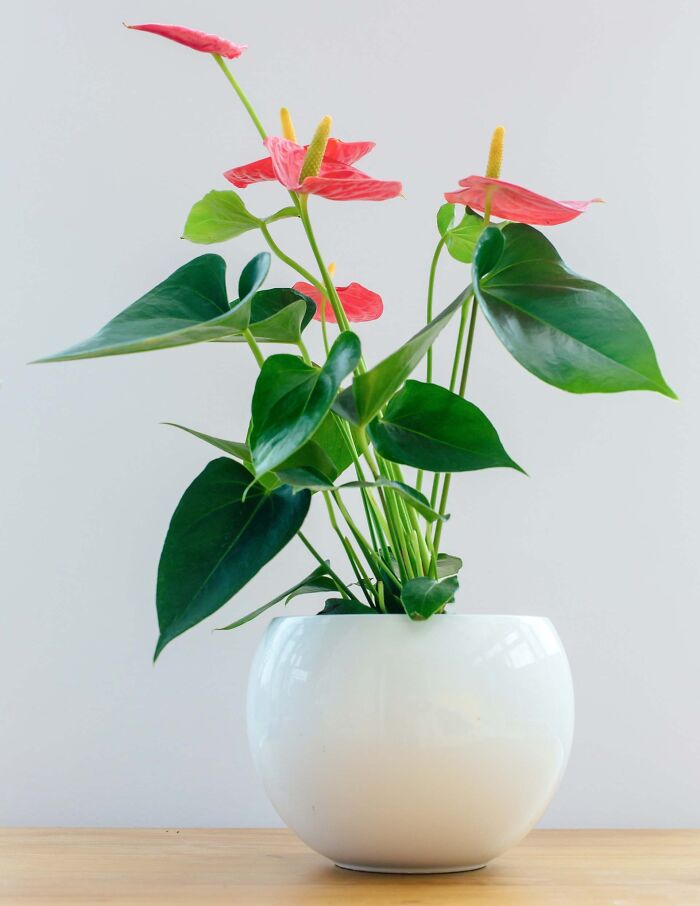
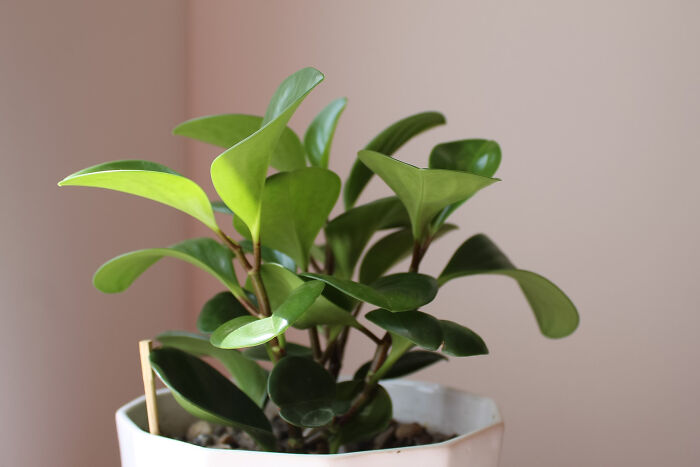

Now that you know which houseplants don’t need sunlight, you can transform your house into a completely green place. Here are some easy tips to make the process fun and straightforward.
Bonus Tips to Care for Low-Light Indoor Plants
These are the best ways to care for low-light indoor plants:
Image credits:Angèle Kamp
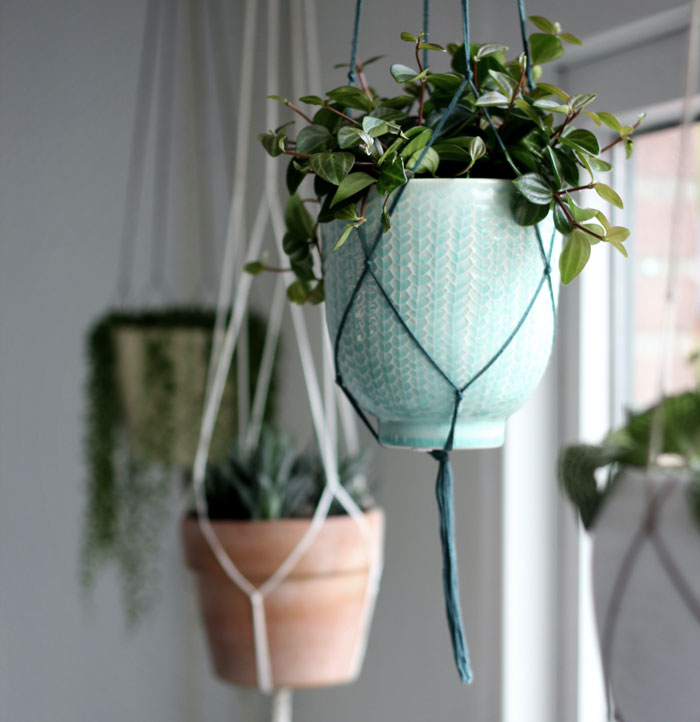
Image credits:freepik
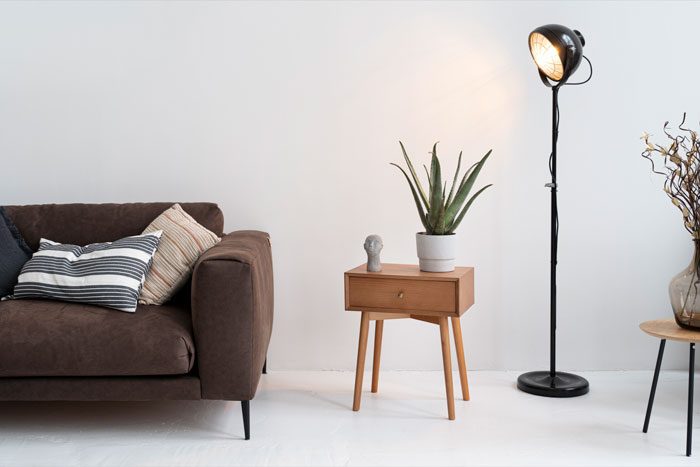
Image credits:Jessica Arends
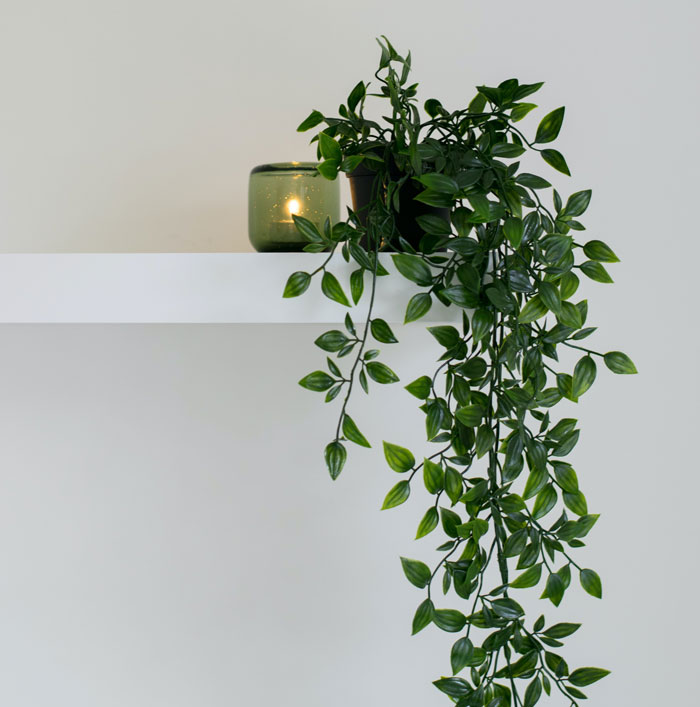
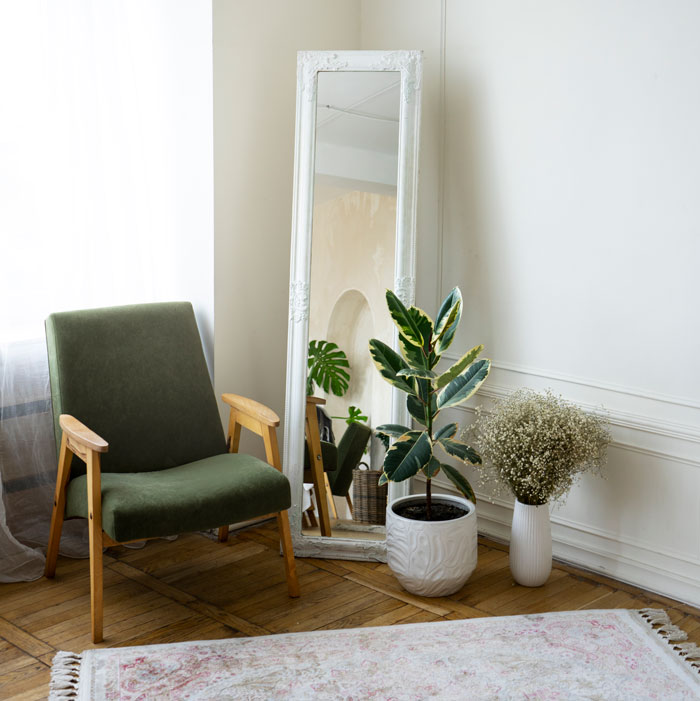
Pick a Low-Light Plant to Brighten the Indoors
FAQs
What Are the Best Low-Light Indoor Plants?
The best indoor plants that can thrive in low light have broad and thin leaves that efficiently use sun energy. They are more capable of using the soil’s nutrients than compared to shade-intolerant plants.Snake, ZZ, Pothos, andPeace Lilyare just some of the best low-light plants to grow indoors.
Where to Buy Low-Light Indoor Plants?
You can buy low-light houseplants in most nurseries or through online shops. You can also grow them through cuttings or seeds.
How to Maintain Indoor Plants in Low Light and Heat?
The best way to maintain houseplants indoors is to understand their light and water requirements. Low-light plants can tolerate shade and thrive even in harsh conditions.
What Is Indirect Sunlight for Indoor Plants?
Indirect sunlight is filtered through closed windows, curtains, or household objects. Low-light indoor plants don’t need to be placed directly in the sunlight to grow.
Modal closeAdd New ImageModal closeAdd Your Photo To This ListPlease use high-res photos without watermarksOoops! Your image is too large, maximum file size is 8 MB.Not your original work?Add sourcePublish
Modal close
Add New ImageModal closeAdd Your Photo To This ListPlease use high-res photos without watermarksOoops! Your image is too large, maximum file size is 8 MB.Not your original work?Add sourcePublish
Modal closeAdd Your Photo To This ListPlease use high-res photos without watermarksOoops! Your image is too large, maximum file size is 8 MB.Not your original work?Add sourcePublish
Add Your Photo To This ListPlease use high-res photos without watermarksOoops! Your image is too large, maximum file size is 8 MB.
Add Your Photo To This List
Please use high-res photos without watermarks
Ooops! Your image is too large, maximum file size is 8 MB.
Not your original work?Add source
Modal closeModal closeOoops! Your image is too large, maximum file size is 8 MB.UploadUploadError occurred when generating embed. Please check link and try again.TwitterRender conversationUse html versionGenerate not embedded versionAdd watermarkInstagramShow Image OnlyHide CaptionCropAdd watermarkFacebookShow Image OnlyAdd watermarkChangeSourceTitleUpdateAdd Image
Modal closeOoops! Your image is too large, maximum file size is 8 MB.UploadUploadError occurred when generating embed. Please check link and try again.TwitterRender conversationUse html versionGenerate not embedded versionAdd watermarkInstagramShow Image OnlyHide CaptionCropAdd watermarkFacebookShow Image OnlyAdd watermarkChangeSourceTitleUpdateAdd Image
Upload
UploadError occurred when generating embed. Please check link and try again.TwitterRender conversationUse html versionGenerate not embedded versionAdd watermarkInstagramShow Image OnlyHide CaptionCropAdd watermarkFacebookShow Image OnlyAdd watermark
Error occurred when generating embed. Please check link and try again.
TwitterRender conversationUse html versionGenerate not embedded versionAdd watermark
InstagramShow Image OnlyHide CaptionCropAdd watermark
FacebookShow Image OnlyAdd watermark
ChangeSourceTitle
Home & Design